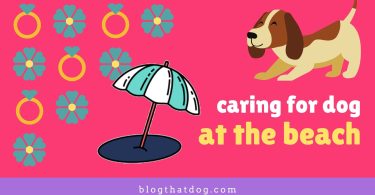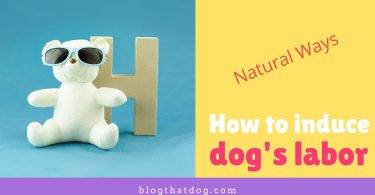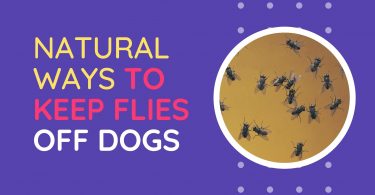Table of Contents
Pugs are intelligent, charming, and have a wicked sense of humor; that’s what makes them a desired companion. However, not everyone is suited to live with a pug, so if you already have a pug, or if you’re planning to get one, this article will help you by answering the most fundamental question: Do pugs shed?
Before we answer this question, let’s talk about pug grooming first.
Basic Grooming.
Grooming is not just about keeping your pug looking dapper; it’s also the best way to be on top of your dog’s physical condition and build a trusting relationship with him. With regular grooming, you’ll be able to notice problems like skin disease, ear infection, fleas, and parasites infestation before they become severe and fatal. Besides, a well-groomed pug can be easily handled by a veterinarian or a dog trainer. Moreover, grooming serves a psychological function too, a pug that looks good feels good.
Shedding is seasonal.
Dogs shed in fall to make way for the thick winter coat; in spring, they get rid of the heavy winter coat to prepare a place for a light summer coat.
Yes, Pugs Shed.
Despite what you may have heart, pugs do shed like buffaloes. However, pugs tend to shed small amounts year-round because they spend most of their time indoors, and they get exposed to long hours of artificial light.
Pugs have a double coat, an undercoat with fluffy, soft hair, and a top layer with long straight hair.
Pugs shed heavily; that why weekly brushing is a must to keep fallen hair off your clothes and furniture. If your pug sheds too much, you can help keep it under control with daily brushing and frequent bathing. You can also use a shedding blade to remove excess hair, but avoid using it too often, or you’ll strip out too much of the coat, leaving your pug with a flaky appearance.
Do pugs shed too much?
Hormonal diseases such as hypothyroidism may cause bald patches. Hair loss caused by stress or illness occurs in specific areas such as the rear or flanks.
If your pug sheds a lot, hive him a warm bath, then proceed on brushing the coat while blowing it dry.
Shedding combs.
Your pug will need a metal comb for regular grooming sessions and a shedding blade to keep hair off your clothes, carpets, rugs, and furniture.
Make sure to purchase a high-quality steel comb with fine and wide-spaced teeth. The side of the comb with fine teeth is ideal for removing dirt from the dog’s coat and getting rid of fleas too. You can also use the wide-tooth side to remove loose hairs after bathing your pug.
Brushing.
Since pugs shed, Your pug needs regular brushing to loosen and remove dirt, dead hair, and old skin cells. Brushing is also beneficial to distribute the skin’s natural oils throughout the coat.
Weekly brushing is a must to keep your pug’s coat and skin in good condition. Check signs of potential problems such as redness, tenderness, and itchiness while you’re brushing.
The right way to brush your dog’s coat is by starting with the head and brush back toward the end of the body. You should also brush the stomach area even if your pug protests always insist on grooming every part of your pug’s body.

How to deal with a dry dog coat?
If your pug’s coat tends to be dry, spray him with an antistatic coat conditioner before brushing to prevent a shock from static electricity.
Brush your dog outdoors in a nice weather to prevent hair from flying everywhere. If your pug shed a lot, place him on a towel that you can throw on the washing machine after the grooming sessions.
When the brushing phase is complete, remove any remaining loose hairs by using the wide-tooth side of the comb. Finally, spray your pug’s coat with a conditioner to keep your pug’s coat gleaming and shiny.
Conclusion
Pugs do shed, so expect to live with hair, you’ll be disappointed if you don’t accept the fact that pugs shed before you acquire one.



